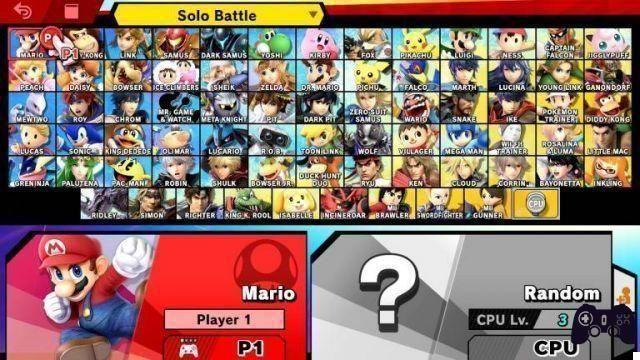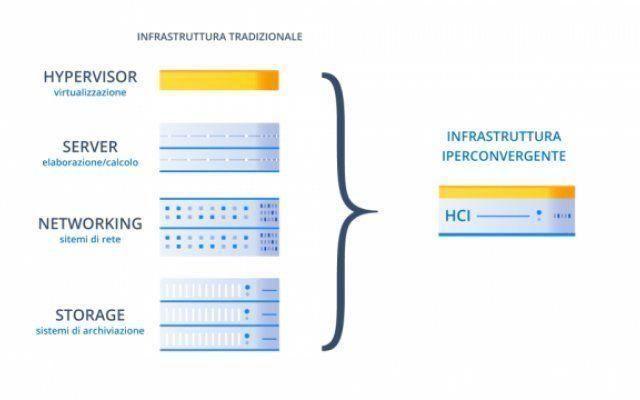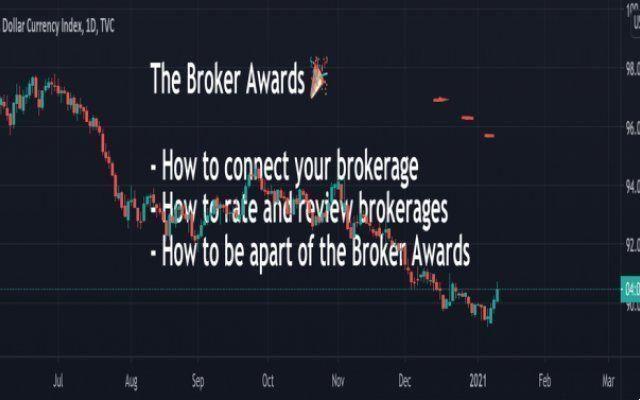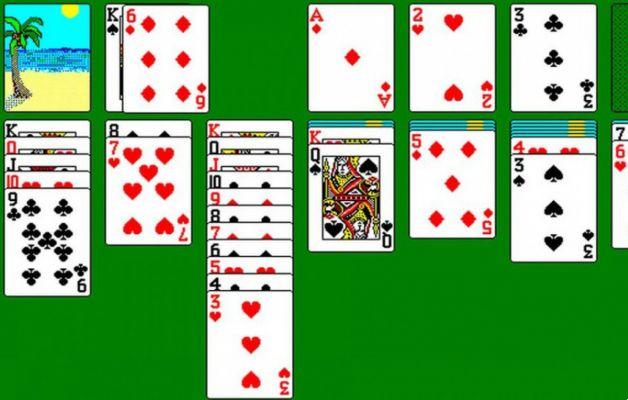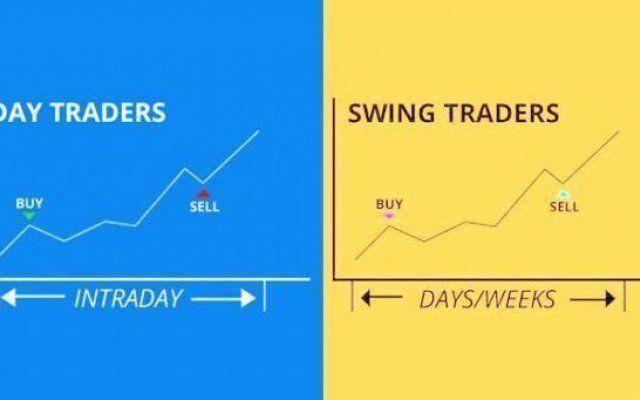
Swing Trading is a strategy that focuses on taking small gains in short-term trends and cutting losses faster
The gains might be smaller, but made consistently over time, they can compound into excellent annual returns. Swing Trading positions are usually held for a few days to a couple of weeks, but can be held for longer. It is actually much less risky than other forms of trading such as binary options or forex.
Swing Strategy in trading
Let's start with the basics of a swing trading strategy. Rather than aiming for 20% to 25% profits on most of your stocks, the profit target is a more modest 10%, or even just 5% in the toughest markets.
These types of earnings may not seem like the life-changing rewards typically sought after in the stock market, but this is where the time factor comes in.
The swing trader's focus is not on gains that develop over the course of weeks or months; the average duration of an operation is more like 5 or 10 days. This way, you can make a lot of small wins, which will add up to big overall returns. If you settle for a 20% gain in a month or more, the gains of 5% to 10% every week or two can add up to significant profits.
Of course, you still have to calculate the losses. Small gains can only produce growth in your portfolio if losses are kept small. Rather than the normal stop loss of 7% -8%, take losses faster to a maximum of 3% -4%. This will keep you at a 3 to 1 profit / loss ratio, a good portfolio management rule for success. It is a critical component of the whole system, as excessive loss can quickly wipe out a lot of progress made with smaller gains.
Swing trading can still provide larger gains on individual trades. A stock can show enough initial strength that it can be held for a larger gain, or partial profits can be taken by giving the remaining position room to run.
Swing Trading and CAN CUT
Even though many systems are built for long-term investment periods, its rules can still be applied in a swing trading environment.
Take breakouts from consolidations. Previous uptrends are a must. Side action that resists giving up a lot of ground is preferred. High relative strength ratings are a key stat for limiting your universe to the best prospects. And the volume gives you confirmation that the institutions are stockpiling. The added touch of swing trading is the timeframe.
Rather than consolidations that are typically five to seven weeks at a minimum, you might be looking at half that time or even less.
Flexibility in looking to shorter lead times comes from lower profit targets. An earlier uptrend of 30% or more needs a longer time frame of a solid underlying structure before continuing for similar sized or better gains. But if you are looking for a 5% to 10% return, the requirements are much less.
Swing Trading vs. Day Trading
Swing trading and day trading may seem similar practices, but the main differences between the two have a common theme: time.
First, the holding times for a trade are different. Day traders are in and out of trades within minutes or hours. Swing trading is generally over days or weeks.
The shorter time horizon of day traders means they generally don't hold positions overnight. As a result, they avoid the risk of gaps from news announcements that come after hours and cause a big move against them. In the meantime, swing traders need to be aware that a stock could open significantly differently than it closed the day before.
But there is an added risk with the shorter time frame. A large spread between supply, demand and commissions can eat up too large a portion of your profits. Swing traders can struggle with this too, but the effect is magnified for the day trader. Day traders can find themselves doing all the work, while market makers and brokers reap the benefits.
To compensate for this, day traders are often offered the "opportunity" to leverage their portfolios with more margin, four times the purchasing power rather than double. Taking positions with larger leverage can increase percentage earnings to offset the costs. The problem is, no one is always right. A lack of focus, discipline, or just plain bad luck can lead to an operation that goes against you in a big way. A bad trade, or a series of bad trades, can blow your account, where the loss to the portfolio is so great that the chances of recovery are slim. For a swing trader, a series of losses or a large loss can still have a dramatic effect, but the lower leverage reduces the likelihood of the results wiping out your portfolio.
This leads to another time-related difference: time commitment. Proper day trading requires concentration and attention on numerous positions and the constant search for new potential opportunities throughout the day to replace exiting positions. This means that it is not a secondary job; day trading is your only job.
The extra time commitment of day trading carries its own risk. Not having a fixed salary, a day trader's income depends on trading success. This can add an extra layer of stress and excitement to trading, and more emotions in trading lead to bad decisions.
A swing trading style, on the other hand, may have some trades on some days and none on others. Positions can be checked periodically or managed with alerts when critical price points are reached rather than the need for constant monitoring. This allows swing traders to diversify their investments and keep their head level while investing.












